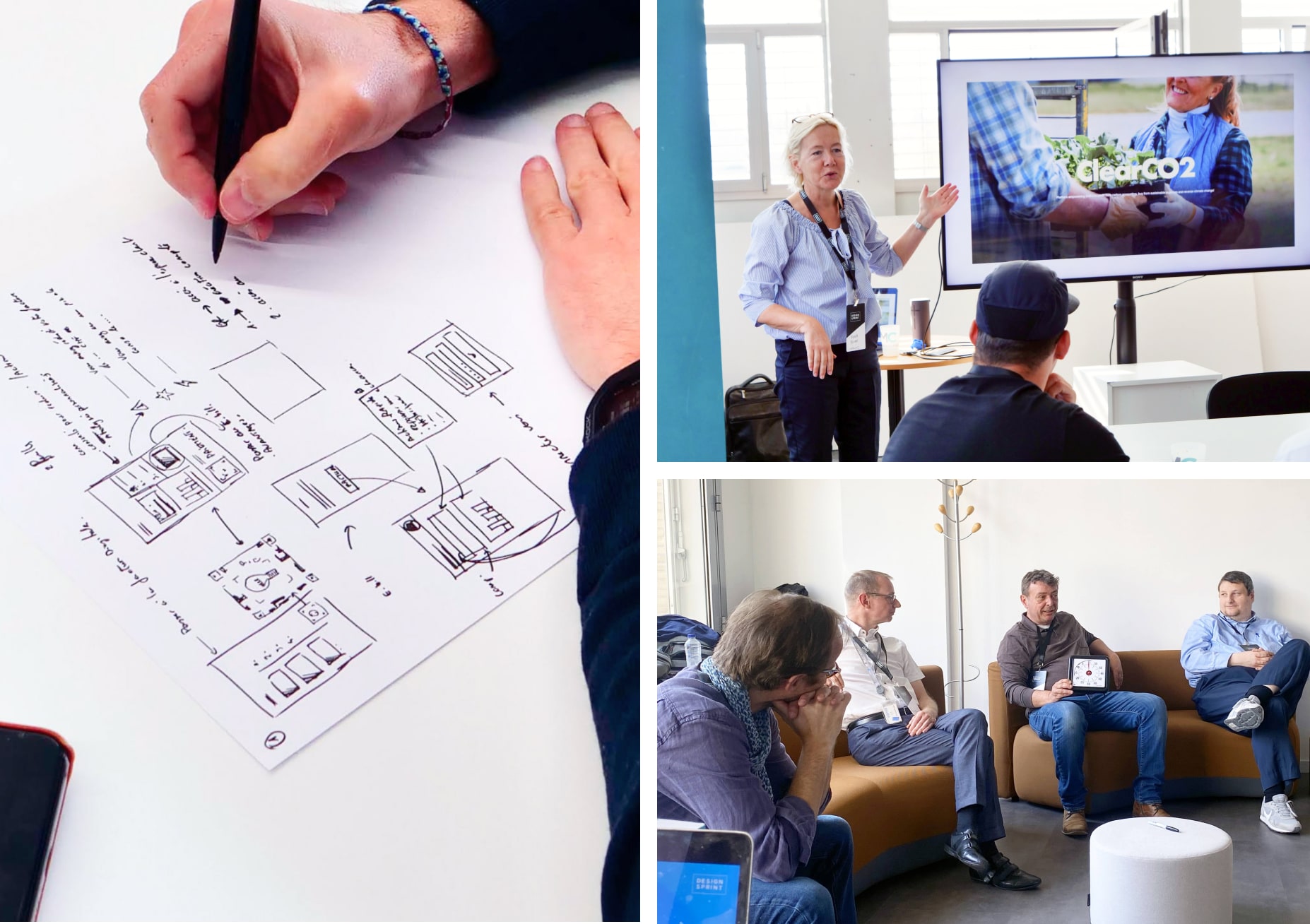
1. Defining Objectives
To start, we'll clarify together the expected outcomes of the project to create a user experience that aligns with the users' needs and business objectives.
- Understanding the project's needs.
- Defining specific objectives for the prototype.
- Creating quick sketches to explore design ideas.
2. Research and Analysis
Next, we analyze user needs, market trends, and competitors to create an optimal user experience.
- Gathering information about users.
- Testing digital competitors and selecting industry best practices.
- Analyzing data to guide the design of the prototype.
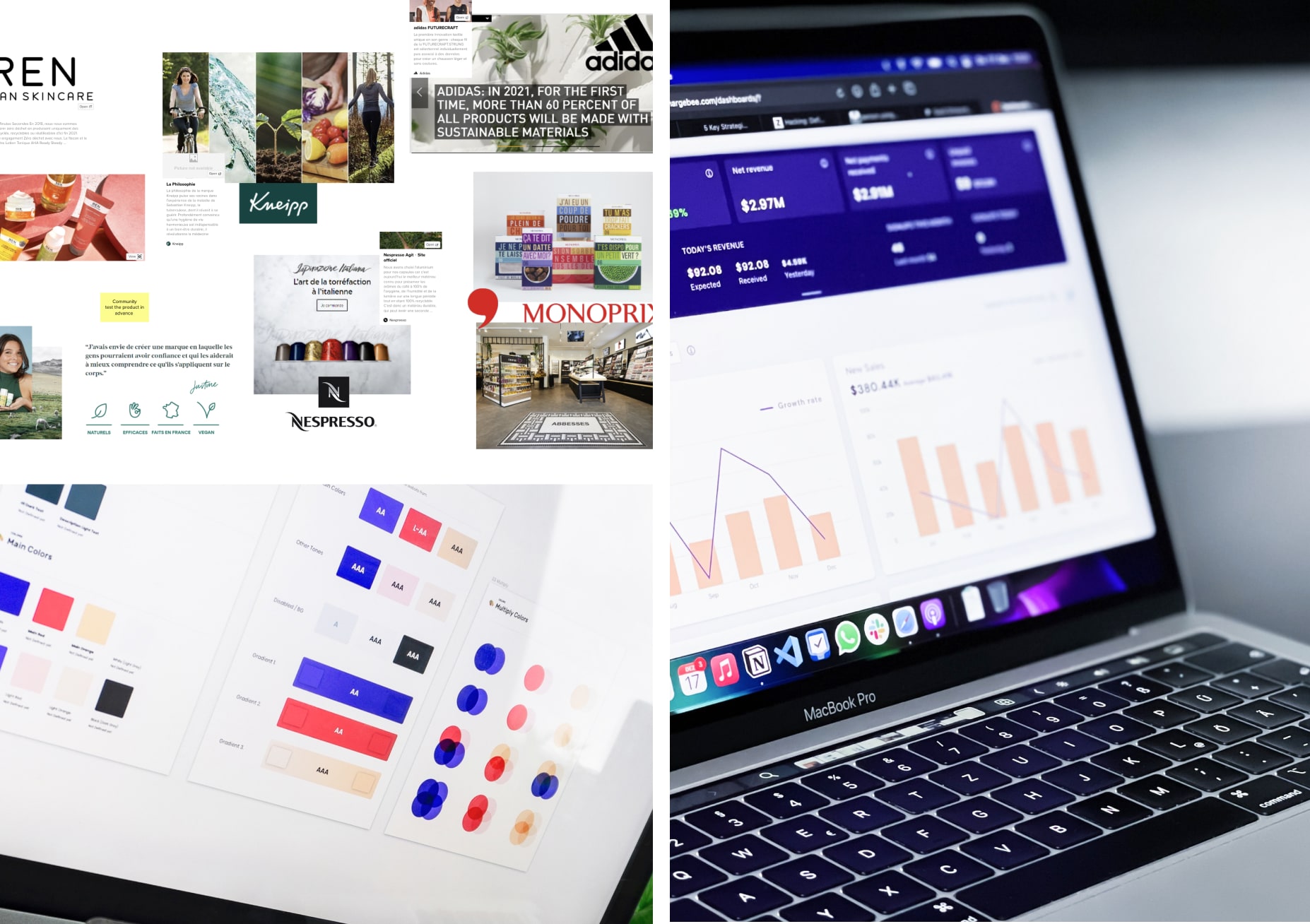

3. Prototyping
Informed by the first two phases, we create your prototype. This could be a mobile app, software, a dashboard, a website, or even a process. The goal of this prototype is to be tested by your users before we design its final version and proceed with development.
- Creating more elaborate versions with finer details.
- Defining the structure, layout of elements, and navigation.
- Using prototyping tools like Figma to create interactive versions with limited functionalities.
- Focusing on the layout, navigation, and basic interactions.
Figma
Cursor AI
Lovable
Krea AI
Photoshop
Midjourney
4. User Testing
Once your functional prototype is ready, we conduct user testing and submit your prototype to qualified users. This allows us to validate or invalidate your hypotheses in terms of ergonomics, economics, or technology, and also to identify and resolve potential issues before the final design. We regularly conduct user tests for our clients and offer this service on demand. If you’re interested in user testing, click here.
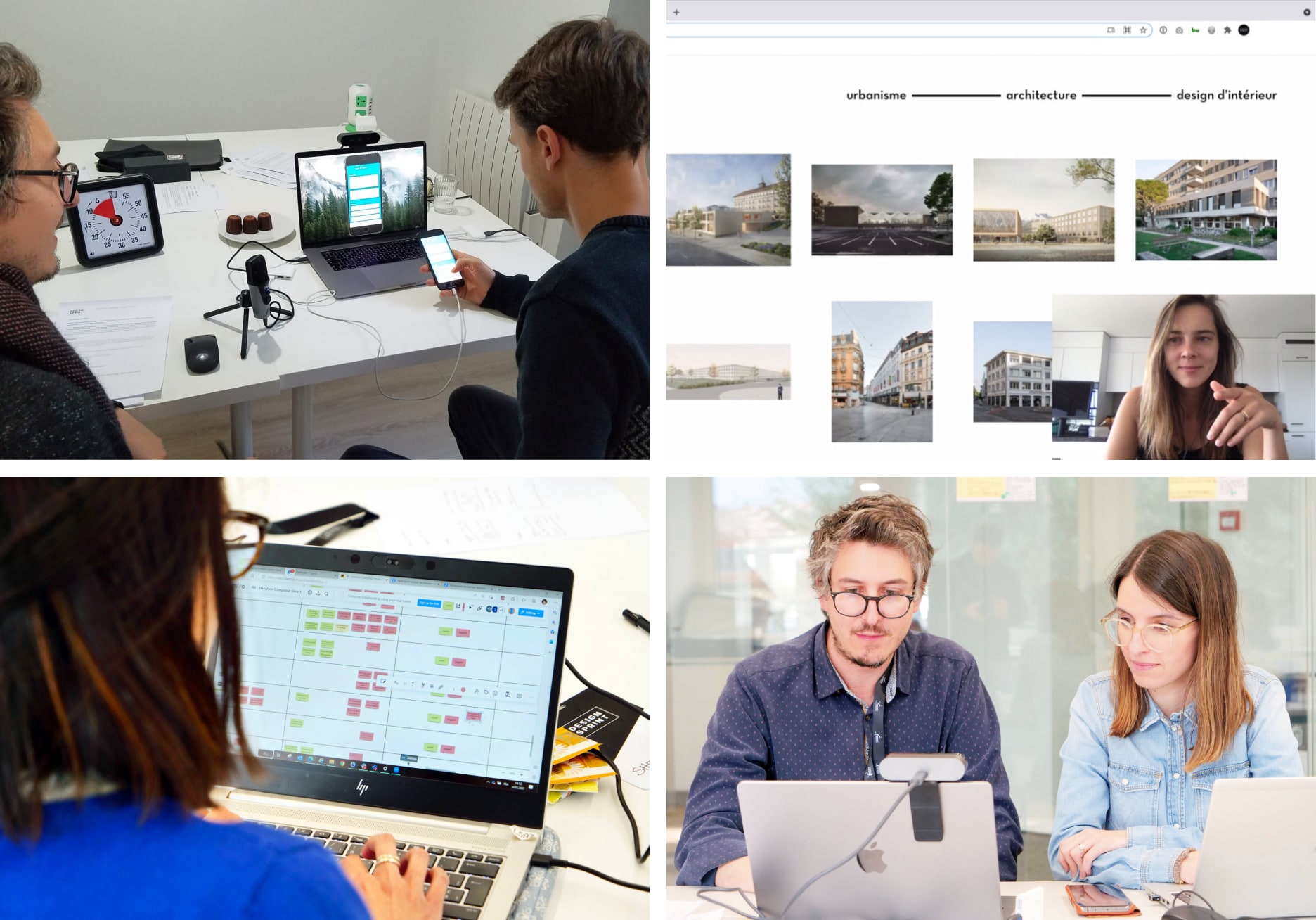
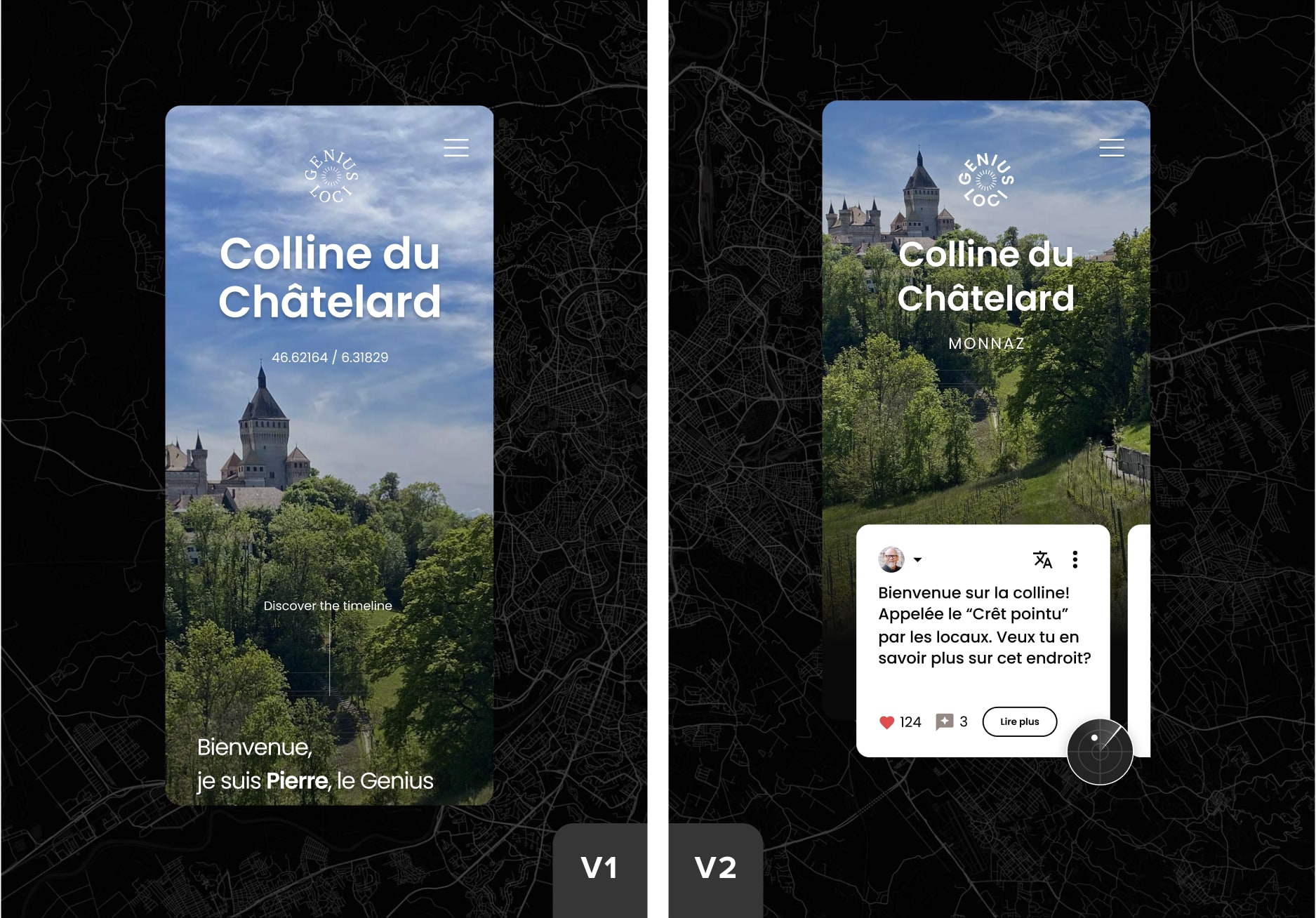
5. Prototype iteration
Thanks to the insights from user testing, we make modifications and improvements to the prototype interfaces to achieve a more efficient and user-friendly final design. Of course, user testing can be conducted after each iterative phase.
- Collecting and analyzing user feedback to highlight strengths and areas for improvement in the interface.
- Identifying and incorporating improvements into the prototype for an interface aligned with user needs.
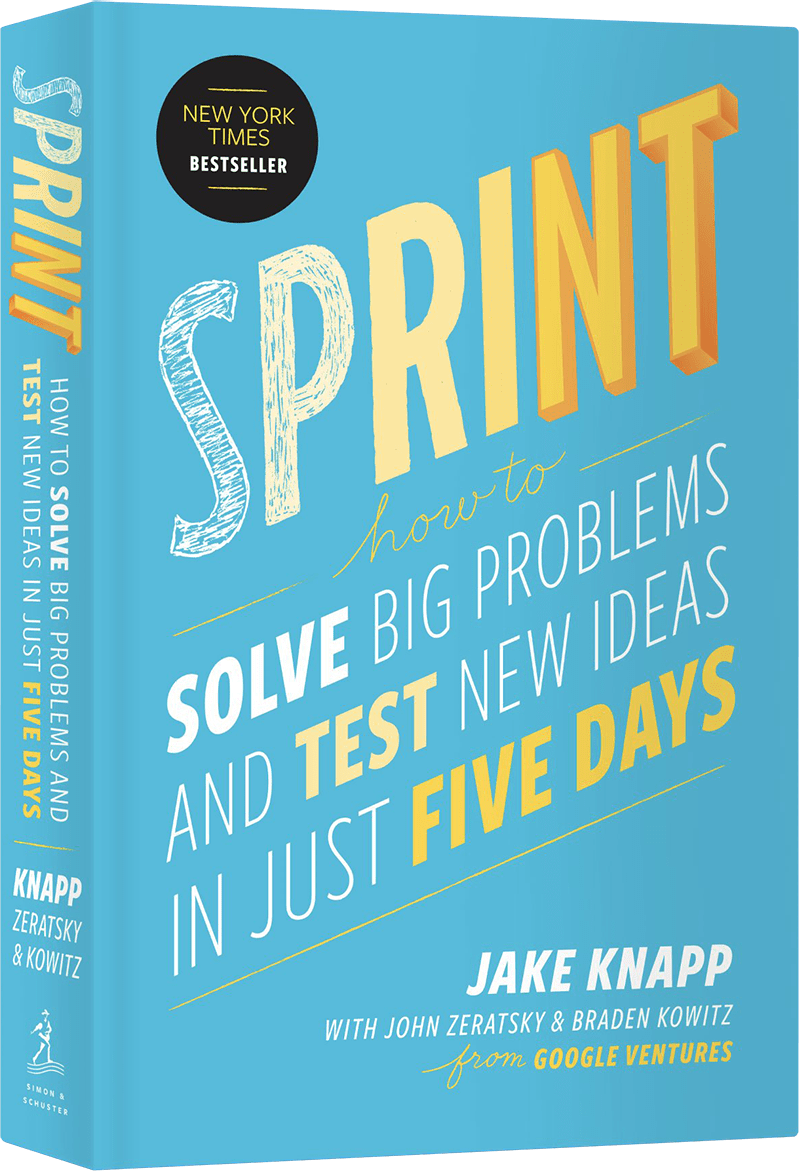
Thanks to our Design Sprints, we reach this point in just a week.
Design Sprint workshops are accelerators. They enable direct collaboration with domain experts, fostering rapid idea convergence and the creation of a tangible prototype ready for testing.
6. High-Fidelity Design
High-fidelity design reflects the appearance and behavior of the final product and includes all the essential views, graphics, and functional elements required for development.
- Detailed graphic design of all views.
- Integration of all interactions.
- Validation of the prototype with stakeholders, including clients and members of the development team.
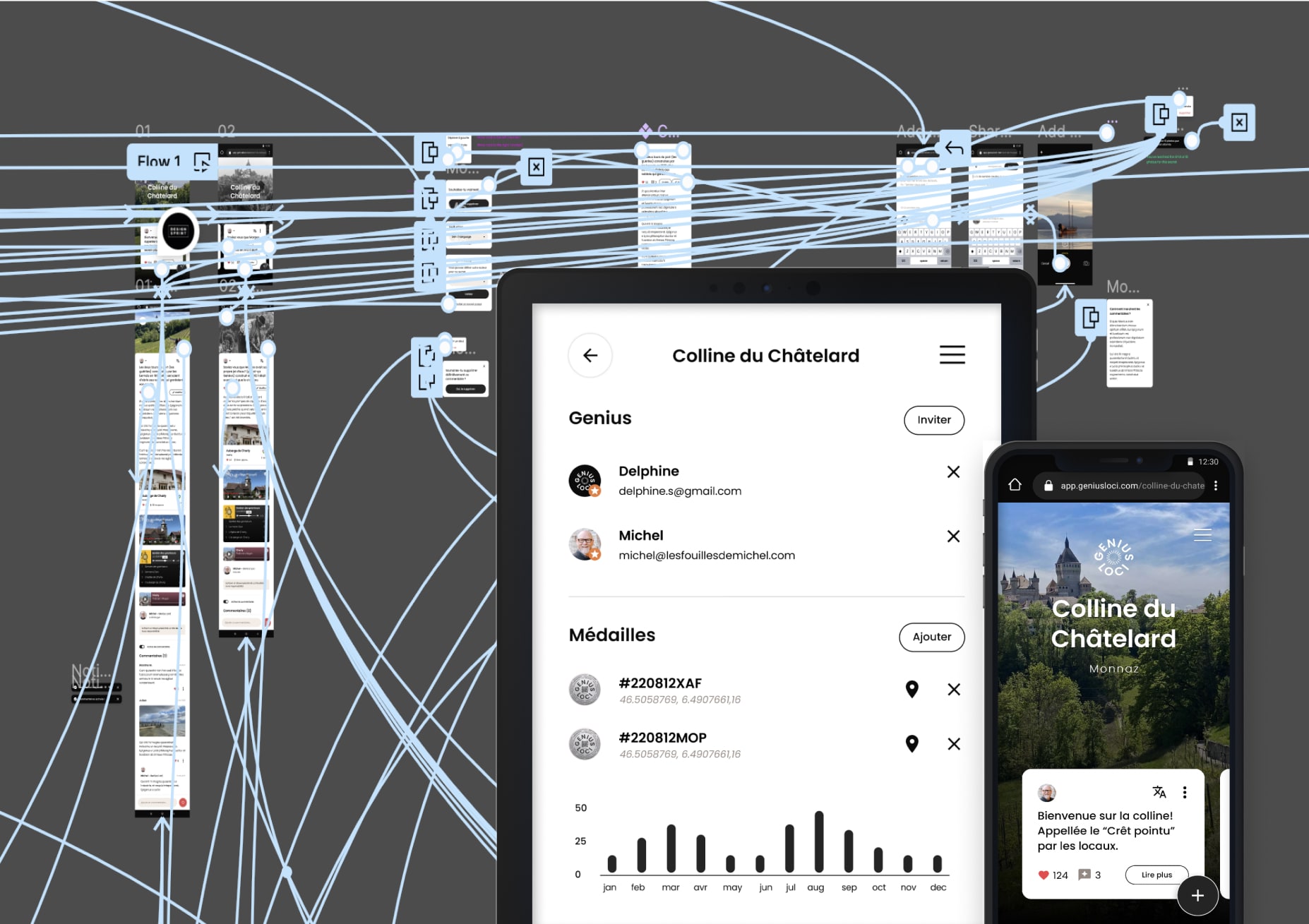

7. Transfer to development
Once the design is finalized and validated, we ensure a smooth transition to development, closely accompanying the team to bring the final user interface to life.
- Documenting the details of the prototype, including interactions, visual elements, and other relevant specifications.
- Providing the necessary files and documents to developers.
- Collaborating with the development team to ensure a smooth transition from the prototype to the final product.
Product Design Service
Depending on your budget or the progress of your project, we can support you in various phases. You have a prepaid day credit to allocate as your project progresses. You can simply book your days flexibly, typically one or two weeks in advance.
Timelines provided are indicative. The duration of each phase may vary depending on the complexity of the project.
Ready to ignite your digital product?
Let’s talk about your design needs. Get in touch with a designer at contact@design-sprint.com or schedule a video call.

